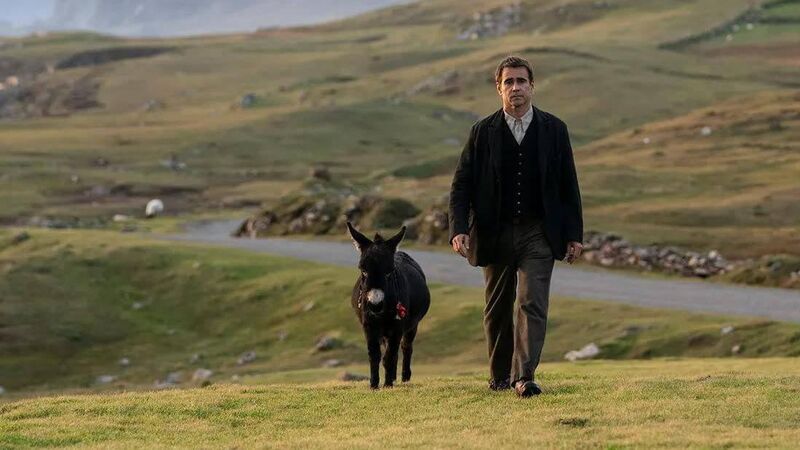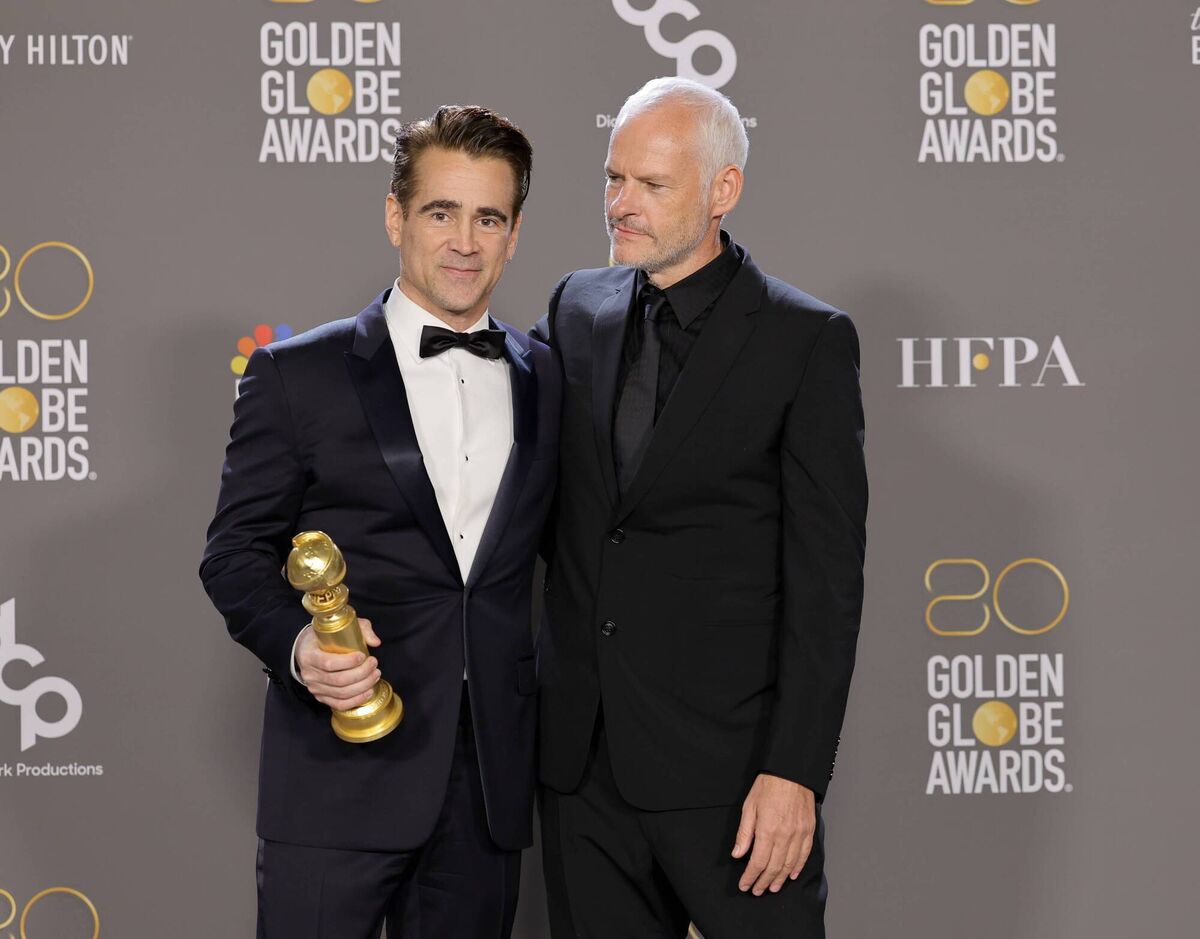Maeve Higgins: Americans ask how real Banshees is, I say it was set long ago — the 1980s

Colin Farrell in the award-winning film ‘The Banshees of Inisherin’, where his eyebrows have competition in the furry stakes from his heralded co-star.

Another reason is more professional than fear of Higgins retribution. I knew that if the good people at Tourism Ireland brought me on a lovely trip, I’d be obliged to write something that advertised the film and said it was good, and I’d have to promise to do that before I even saw the film. Weeks later, a different publicist contacted me to go and see a special showing in New York, with a Q+A afterward with the director and male stars. It was a busy time with many other deadlines, and I couldn’t make it.

There were a couple of not-so-good parts. I didn’t laugh a lot. The film is marketed (and as mentioned, this film is marketed harder than most) as a comedy.











